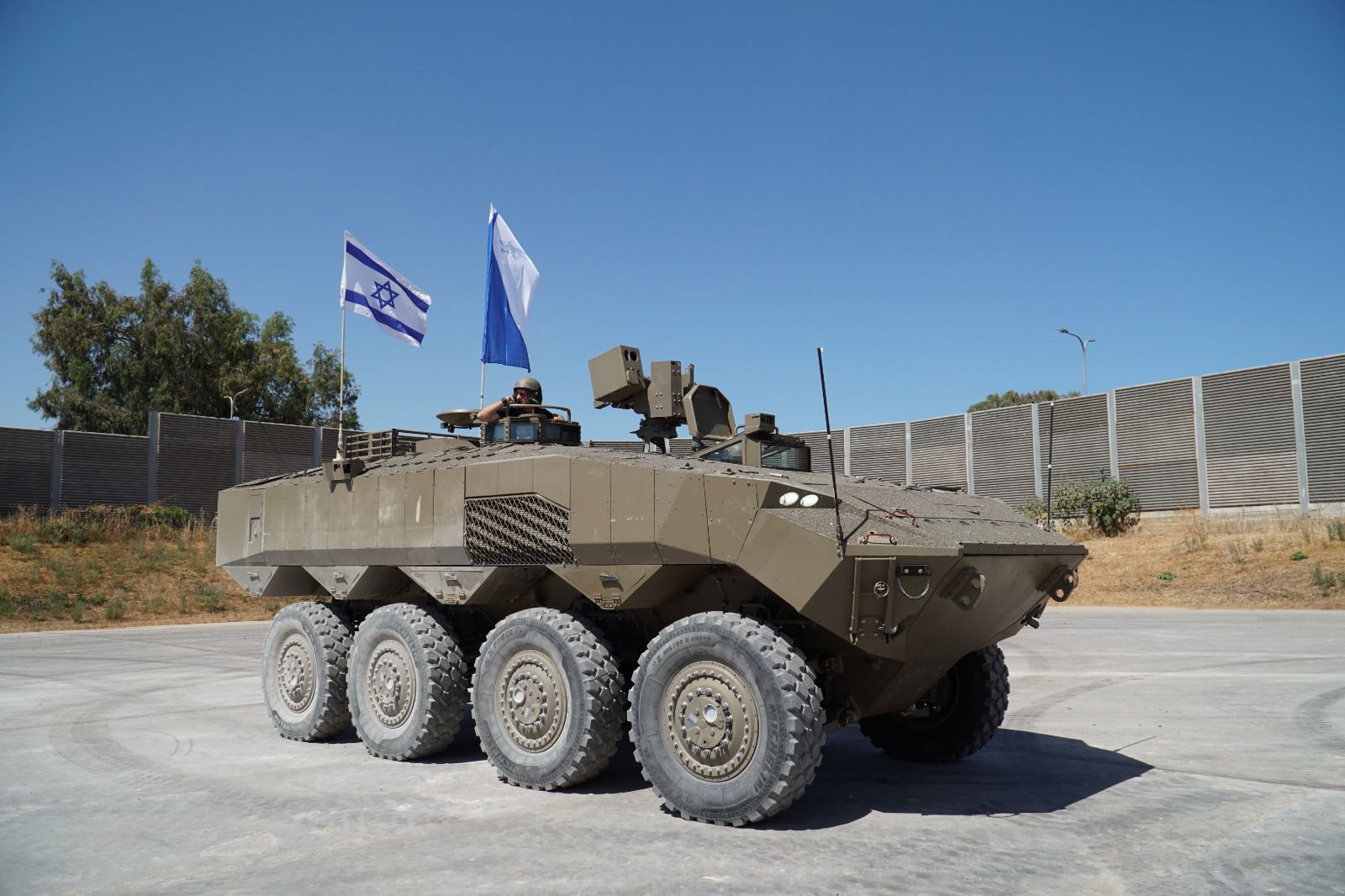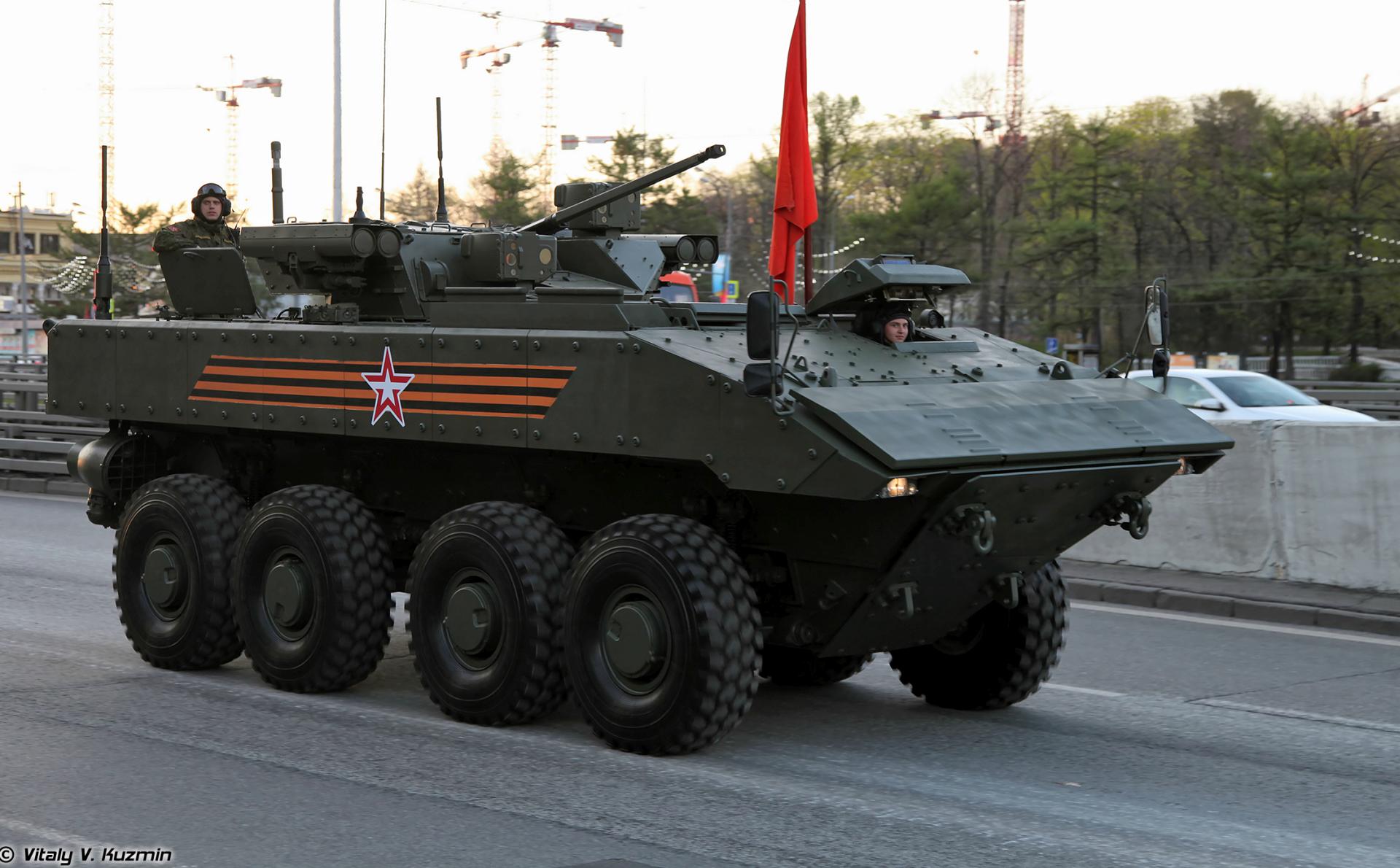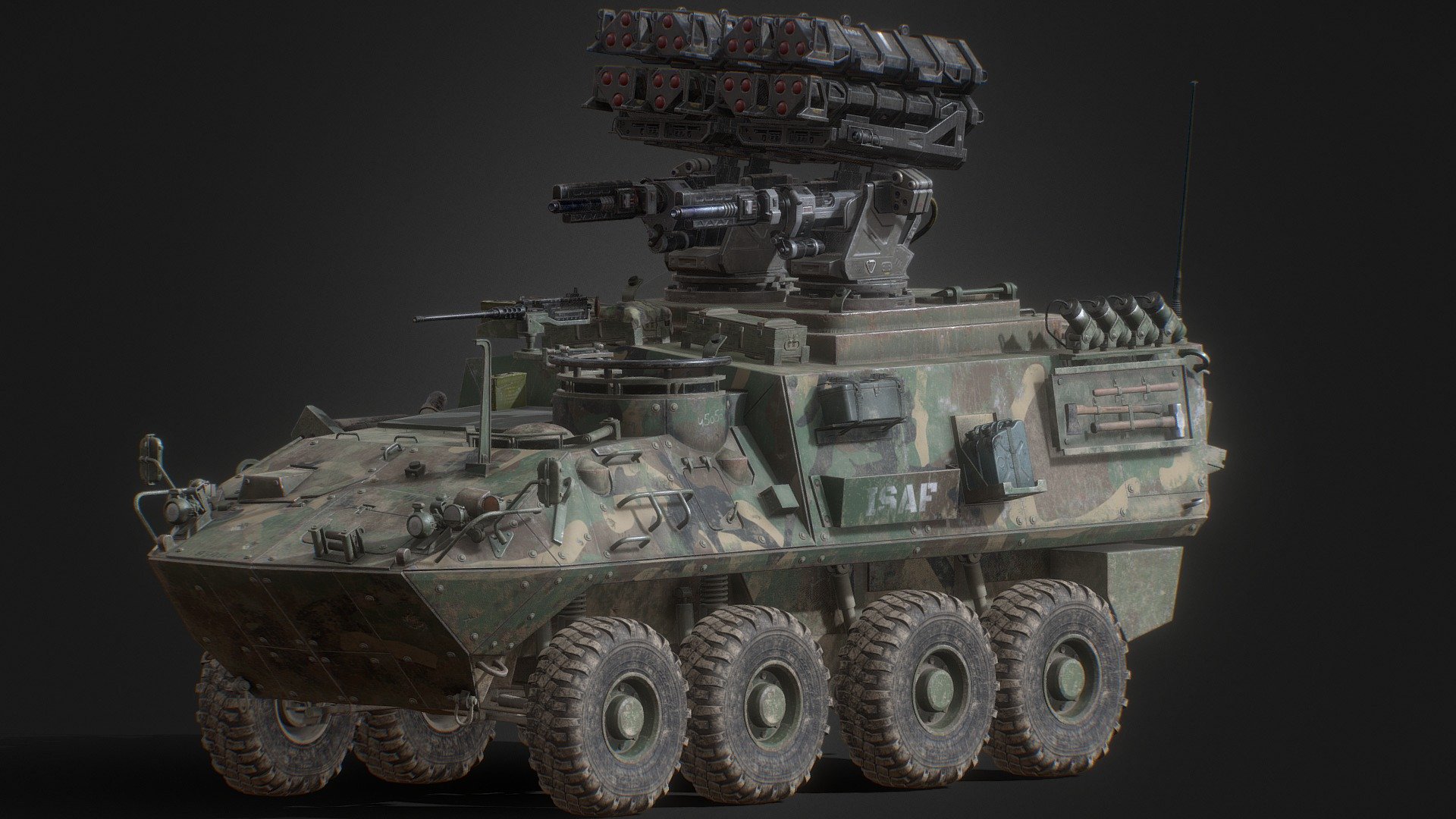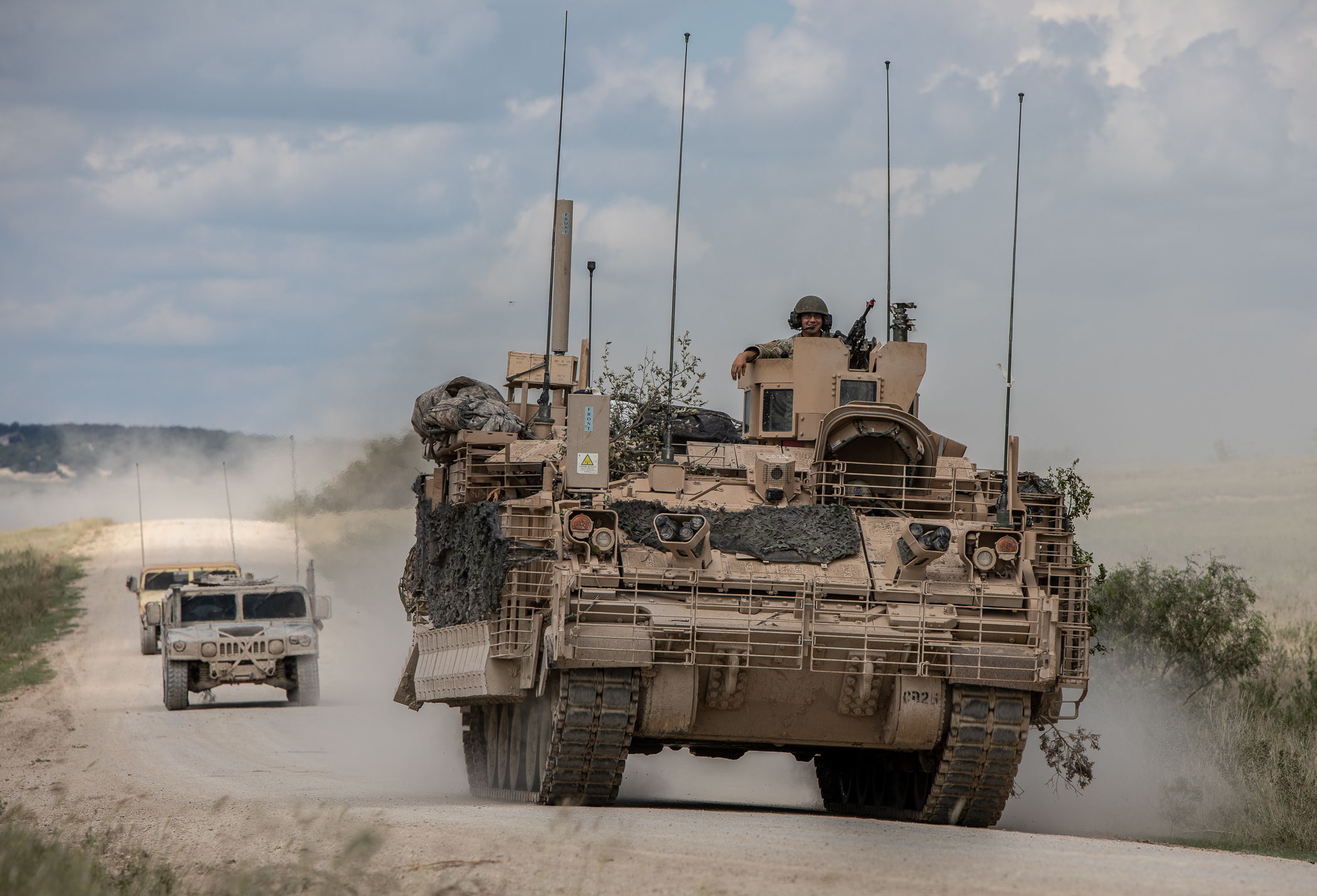Apc Military Vehicle - The Department of Defense's decisions to buy tanks and next-generation armored vehicles are controversial and always seem to provoke emotional reactions.
In 2018, said former Major General and now Senator Jim Molan along with ASPI's Marcus Hellier.
Apc Military Vehicle

On armored fighting vehicles (AFVs). There was a big argument between the two and the matter stopped there for some time.
Armoured Personnel Carrier
In 2019, James Rickard and I jumped into the fray and addressed rumors that Defense plans were in place for 1 Brigade's Infantry Fighting Vehicles (IFVs) based in Darwin to be deployed to Adelaide for a year-long training. We argued that for IFVs to realize their strategic and tactical value, they must operate the length and breadth of Australia, regardless of weather or season. The article sparked a storm of social media commentary, arguing that the mobility restrictions were the result of peacetime environmental factors, not the car's design.
Greg Sheridan criticized the Defense Department's decision to buy 75 tanks worth more than $2 billion.
To date, much of this debate has centered on two topics: the obsolescence of armor in modern warfare, and the military's need for mobility, protection, and firepower. We'll first put the first argument aside and consider the mobility implications of the Defense IFV option. We argue that if Australian IFVs, AFVs and tanks are operating in or near Australia, they should monitor their weight. Otherwise, road conditions would severely limit the movement of Australian Defense Force armored vehicles.
The M113 armored personnel carrier, in service since the 1970s, weighs 18 tons. Its chosen replacements, the Hanwha Redback and Rheinmetall KF41 Lynx, weigh more than twice that, at 42 and 44 tonnes, respectively.
Israel Picks Oshkosh Defense To Build Hulls For Its New Eitan Armored Vehicle
The Australian Army's ASLAV, which has been in service since the early 1990s, weighs 13.5 tonnes. The ASLAV's planned replacement, the Rheinmetall Boxer combat reconnaissance vehicle, is almost three times as heavy, weighing around 38 tonnes depending on its configuration.
Ben Coleman highlighted in the ASPI report how the boxer's extra weight reduced strategic positioning and tactical mobility. Coleman looked beyond Australia's borders, noting the challenge of airlifting these vehicles into our neighbourhood. He also expressed concern about the impact on poor quality roads and bridges in the region.
However, the problem is closer to home. The current state of road and bridge infrastructure in northern Australia presents a more immediate challenge for these heavy vehicles. Using data from the Bureau of Transport and Communications Economics, Shojaeddin Jamal notes that more than half of bridges in Australia are built to the T44 design standard, meaning they can load a 44-tonne semi-trailer. The rest are mostly built to the MS18 standard or less, which are designed for hulls of 33 tons or less. This is well below the SM1600 standards, which have been in place since 2004 and are designed for payloads of up to 144 tonnes.

In Australia's north, the problem is exacerbated by aging road and bridge infrastructure and a limited number of sealed main roads in many places.
Australian Army M113a1 Apc With T50 Turret Vietnam War 35291
70% of the road network in the Northern Territory is sealed and vulnerable to flooding during the wet season, limiting access to regional and remote communities. Although the national highways in the region are sealed, more than 40% of the national highway network is more than 40 years old. The pavement design life is typically 40 to 50 years, so many highways will soon need to be repaired or rebuilt. The average age of bridges on the NT's road network is 35 years, and more than a quarter of them are located on the Stewart Highway, the only major road connecting the region and South Australia.
Australia likely to deploy new armored vehicles two to three times heavier than their predecessors on a network of roads and bridges not designed to carry more than 44 tonnes of cargo, given the state of Australia's Northern Territory infrastructure raises alarm bells for the strategic concerns of Thinker. It is hard to imagine how bad road conditions will be in the Indo-Pacific region, including Papua New Guinea, the Pacific Islands and parts of Southeast Asia.
There are two broad options if we want to realize the strategic and tactical mobility benefits of AFVs, IFVs and tanks. One is to invest substantially in upgrading roads and bridges in northern Australia, although this will not help with offshore deployment. Alternatively, the military could adopt lighter armor that provides some protection for greater mobility. (To avoid complaints, let us note that armor protection can save soldiers' lives only if the vehicles have the mobility to use them in the first place.) Both options come at a high cost.
The upgrade and upgrade of northern roads and bridges will provide economic and social benefits to Australia beyond strategic mobility and deployment. Such upgrades would create new economic opportunities in both the short and long term. Better infrastructure will reduce the operational cost for the industry. The well-maintained road and bridge network will help support the growing demand for cargo from new mining projects and year-round access to ports for the livestock industry. They will also connect NT residents to essential education, health and emergency services.
Military Vehicle, Apc
In the budget, the federal government announced an additional $15.2 billion for infrastructure, of which only $3.2 billion was allocated to Australia's northern states and territories, with only $150 million to upgrade the NT's road network over the next 10 years was invested. There appears to be no real plan to increase mobility in northern Australia through infrastructure investment. Defense may need to rethink its armour.
John Coyne is head of the Center for Strategic Policy and the Strategic Policing and Law Enforcement Program in Northern Australia, and Matthew Page is a research intern at ASPI. Image: Department of Defense Jiang Hong [WZ-551B] at the NORINCO Vehicle Research Institute; Institute 201 (China Vehicle Research Institute) and Institute 202
The WZ-551 is a family of Chinese wheeled infantry fighting vehicles. The WZ-551 designation actually covers two families of vehicles, with the official People's Liberation Army (PLA) designations Type 90 and Type 92. More than 3,000 WZ-551 are in service with the PLA, where they are used by the medium. mechanized infantry units.

The WZ-551 project began in 1979 and was the first wheeled infantry fighting vehicle developed by China. The WZ-551 was developed from experience gained from the WZ-521 wheeled armored personnel carrier based on the Jiefang CA-30 truck. In 1981, the WZ-551 completed the proof-of-concept design prototype and the vehicle was an indigenous chassis based on the imported Mercedes-Benz 2026 truck.
New French Military Vehicles: Griffon, Jaguar, And Serval
Licenses for the production of key technologies were obtained from Mercedes-Benz and Deutz AG. In 1982, several gun configurations were offered, including the 2A28 Grom with 35 mm autocannon, 30 mm autocannon, 25 mm autocannon, 12.7 mm heavy machine gun, or Type 86 infantry fighting vehicle. The final option was to develop a 25 mm autocannon for the IFV version and a 12.7 mm heavy machine gun for the APC version.
Another project, the WZ-523, was developed in parallel with the WZ-551, based on the domestic Dongguan EQ245 truck platform. Using older technologies, the WZ-523 was developed much faster than the original production, which began in 1983. It first appeared in 1984 at the 35th National Parade. However, it was found that the WZ-523 chassis could not meet the required performance standard.
The WZ-523 project was converted for export efforts and did not see extensive service with the People's Liberation Army (PLA).
The WZ-551 project pressed and produced several prototypes with different armaments. To save development time, technologies from other Chinese vehicles were ported to the WZ-551, such as the surveillance system, ventilation system, pressurized NBC system from the Type 86 IFV, ZSD-89-II infantry fighting vehicle to 25 mm autocannon. and an electric water discharge system from the Type 63 amphibious tank.
Great Dane 8 X 8 Armored Military Vehicle
In 1984, testing of the cooling system and transmission system was completed. In 1986, two more prototypes were in northern provinces and southern Hainan Island to test cold and hot weather. Plans have also been developed for an expanded family of 4×4 and 8×8 vehicles. In 1986, the WZ-551 was approved by the Ctral Military Commission as a future PLA wheeled platform, beating out the domestic competitor WZ-523.
In 1988, an agreement was signed between FRch firm GIAT to incorporate the GIAT 25mm autocannon as the WZ-551's main weapon, and work began on the WZ-551 redesign in China prior to the delivery of the Frc weapon Was. Due to the need to meet schedule, the GIAT 25 mm autocannon was airlifted to China as opposed to shipping by cargo ship, as was common practice at the time. The Frc system has a night vision system, a stabilized weapon and an advanced fire control system. The new vehicle was named NGV-1, N for "NORINCO", G for "GIAT" and V for "Vehicle". However, further development of the NGV-1 was canceled in 1989 due to an EU arms embargo.
The completed WZ-551 was certified as the ZSL-90 or Type 90 infantry fighting vehicle, armed with the ZPT-90 25 mm autocannon (similar to the ZSD-89-II infantry fighting vehicle turret). Was. Development continued and the vehicle was planned as a universal chassis for various weapon platforms, such as a command vehicle, an anti-tank missile carrier and a self-propelled aerial vehicle.

Military vehicle insurance, military vehicle battery, military vehicle parts suppliers, unmanned ground vehicle military, military vehicle transport, military vehicle, apc vehicle for sale, military pcs vehicle shipping, military vehicle parts, apc military, apc vehicle, military vehicle shipping

0 Comments